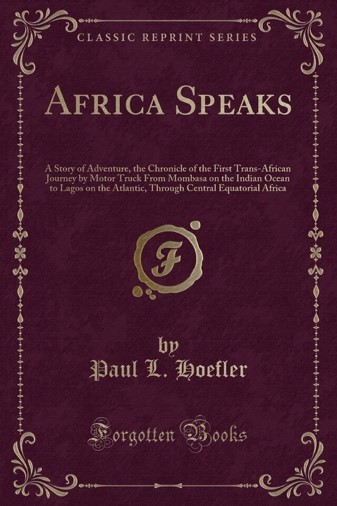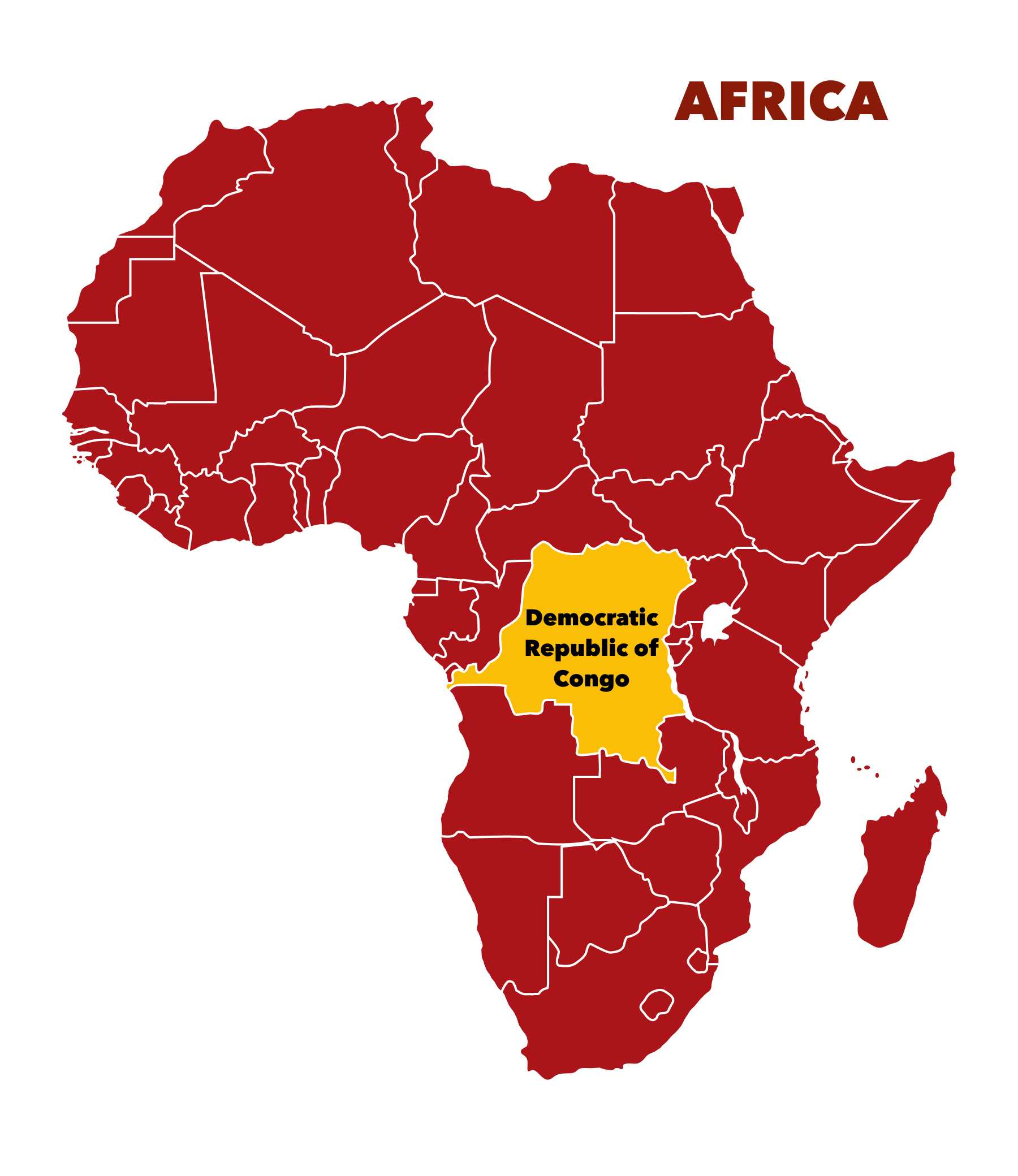
The Key Characteristics of West and Central African Music 1
Western and Central Africa are historically monolithic societies. Rhythm, song, and dance accompanied ceremonial and religious practices, rituals, game songs, warrior chants, ancestral worship, and the like in this region. In the following section, we'll closely examine music from these regions to identify the defining characteristics and better understand the traits of the music of enslaved Africans in America. In Africa Speaks (1930), Paul L. Hoefler chronicles his expedition throughout the continent.
Let's take a closer look at the relationship of rhythm and body movement. Notice how from 1:31-2:04 the dancers move together in a counterclockwise direction. This movement is noteworthy as we continue to identify specific African music traits and cultural expressions retained in African American music.

African Drumming From 1930 [ 01:31-02:04 ]
Relationship of rhythm and body movement
In the next video, from 00:47 to 00:56, you can hear a rhythm pattern in unison repeated four times as villagers of Niger gather in a ceremonial dance.

African Drumming From 1930 [ 00:47-00:56 ]
Rhythm pattern in unison repeated four times

Rhythm Pattern in Unison
Now, listen from 01:02-01:04 to the djembe pattern announcing the transition, and notice how beats one and three, the more essential beats, are accented. This pattern announces the transition that will come later in the piece.

African Drumming From 1930 [ 01:02-01:04 ]
Dejmbe pattern announcing the transition

Accented Beats one Three
From 01:19-01:26 in the following video, listen to the transition in a simple pulse of eighth notes, this time with pitch variations that we hadn't heard up until now. The music transcription below shows those pitch differences.

African Drumming From 1930 [ 01:19-01:26 ]
Transition in a simple pulse of eighth notes

Pitch Variations
The letter H represents the highest pitch, which is, in some cases, played by a small drum with tight skin. Notice, however, that there is also a more resonant timbre in this selection played by a larger drum whose skin or drumhead is stretched much tighter upon a hollowed log. The letter M represents a middle drum that produces a sound approximately a third below, while the letter L represents the lowest pitch that functions much like a cantus firmus.The basis of polyphonic compositions of the Middle Ages and Renaissance. The tune was taken from Gregorian chant; it would move very slowly underneath more rapid vocal or instrumental lines above it.
From 01:30-01:43, we again hear a basic recurring pattern. In this example, however, the pulse is made up of sixteenth notes with varying accents on each beat. While this rhythmic aspect is of the utmost importance, body movement and song are also inseparable elements of this music. With this in mind, listen to the various vocal interjections woven into the tapestry of this musical experience. Variously referred to as half-sung or half-yelled, we will group these melodic configurations under the generic term vocables. A syllable or sound without specific meaning that is used together with or in place of actual words in a song.

African drumming from 1930 [ 01:30-01:43 ]
Transition in a simple pulse of eighth notes
Most importantly, these vocables are emotional and spontaneous reactions to what people hear and feel. They are, in fact, often more expressive than actual words. We will find that this musical characteristic is significantly relevant in the African American musical traditions.
A.M. Jones
Rhythm is to the African what harmony is to the Europeans, and it is in the complex interweaving of contrasting rhythmic patterns that he finds his greatest aesthetic.
Amadou Hampaté Bâ
If you want to understand Africa, it is necessary to account for religion-I am not saying Islamic, Christian, or Jewish religion-I am saying religion that is faith.







